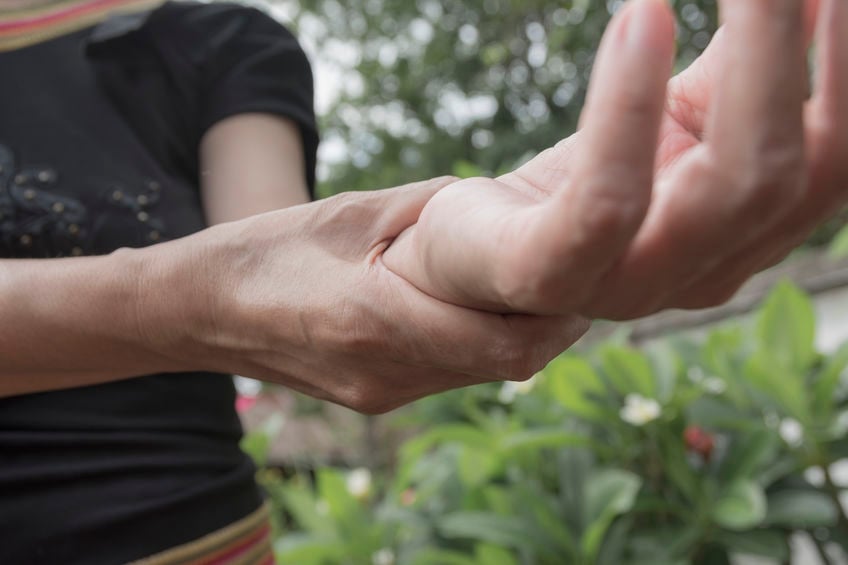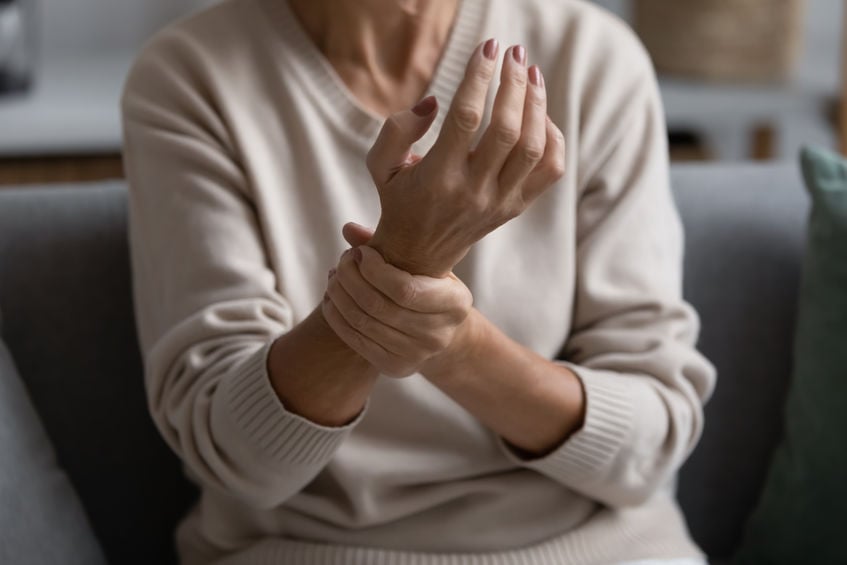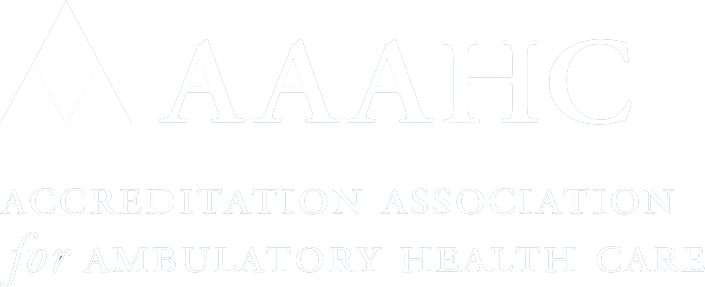How To Spot And Treat Nerve Injuries In The Hand
Nerve injuries can be caused by excessive pressure or stretching of the nerve fiber bundles and the surrounding and protective sheath. Nerve injury can interfere with nerve signaling and cause pain depending on whether the fibers or insulation is damaged. Nerve injuries in the hand can easily be detected early to prevent long-term damage.

Symptoms of nerve injuries
Nerve injuries in the hand are painful. Individuals may feel a consistent numbness in the hands and wrists and a limited range of motion. The pain and numbness can extend into the fingers, as in the case of carpal tunnel syndrome. Nerve injuries in the hand can cause weakness, twitching, or even permanent paralysis if not treated immediately.
Treatment for nerve injuries in the hand
Although nerve injury can lead to lifelong discomfort if left untreated, specific treatment options can minimize the pain. Rest and immobilization of the hand can help the injury heal faster. Low-impact exercises can strengthen the hand so that patients can regain the original range of motion. Anti-inflammatory medication can reduce pain.
Diagnosing nerve damage
Doctors can diagnose a severe nerve injury with the help of x-rays, CT scans, MRIs, and ultrasounds. When conventional treatment fails, nerve repair surgery can step right in to relieve the pinched or compressed nerve. Nerve repair surgery can prevent further damage, restore nerve function, and reduce the pain.
Nerve repair surgery
One form of nerve repair surgery aims to reattach the broken nerve sheath back together and allow healthy nerve fiber to grow back. Another type of nerve repair surgery focuses on taking a nerve graft from another part of the body, although a loss of sensation is common where the nerve graft was taken. Nerve repair surgery can be scary, but can also help restore original nerve function.
Making a full recovery
After nerve repair surgery, the affected hand will be immobilized with a splint. Patients should undergo hand therapy rehabilitation to improve the hand’s blood flow, muscle strength, and range of motion. After several weeks, the brace can be removed to increase hand use. Nerves can take a long time to grow, but the recovery effort is worthwhile. For more information about nerve repair surgery in the hand, speak with a hand surgeon.
Can Lower Back Pain Return After Spinal Surgery? 3 Lifestyle Changes To Get The Most Out Of Fusion
Minnesota Valley Valley Center2024-04-02T14:49:38-05:00April 15th, 2024|
Spinal surgery is an excellent solution for lower back pain, but symptoms can return. With lifestyle changes, patients can get the most out of fusion.
A New Lease On Life: Exploring How Robotic Total Joint Replacement Can Get You Active Again
Minnesota Valley Valley Center2024-03-24T17:38:47-05:00March 29th, 2024|
Robotic total joint replacement uses a robotic arm to replace the joint. This innovative approach allows a quick return to activities.
Restoring Dexterity: How Outpatient Carpal Tunnel Surgery Can Change Your Life
Minnesota Valley Valley Center2024-03-24T17:38:37-05:00March 15th, 2024|
After months of wrist and hand pain, carpal tunnel surgery may be needed. With outpatient options, restored dexterity with less pain and discomfort is possible.
More Articles from MVSC
March 15, 2024
After months of wrist and hand pain, carpal tunnel surgery may be needed. With outpatient options, restored dexterity with less pain and discomfort is possible.
November 14, 2023
Recovery from ulnar nerve release surgery can take up to 8 weeks. With a strong healthcare team and strategies, the pain can be minimized.
October 27, 2023
People with thumb arthritis can experience pain when using a smartphone. A CMC arthroplasty can help individuals get back to texting pain-free.
August 25, 2023
When the wrist is fractured, people wonder how to repair the bone. Minimally invasive surgery can help restore function and decrease pain.










